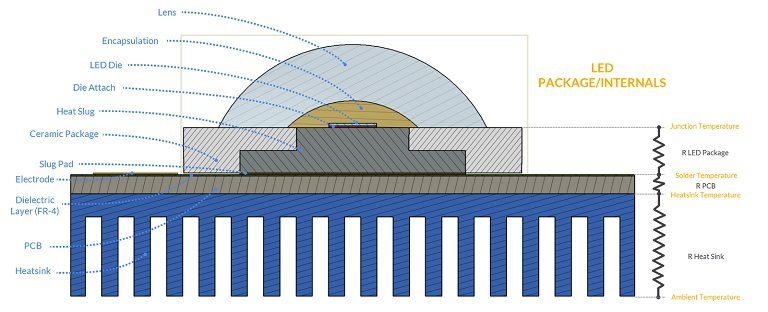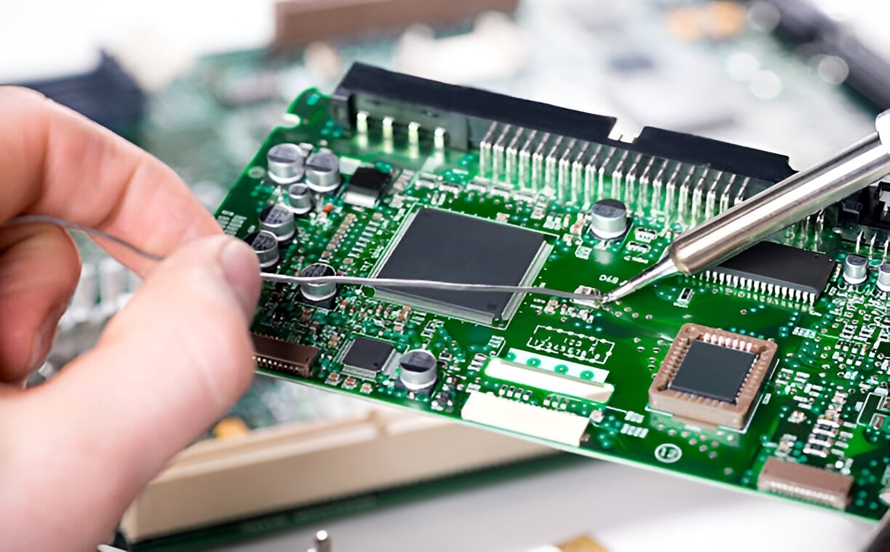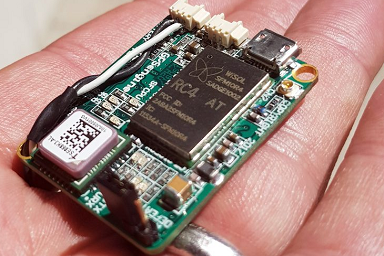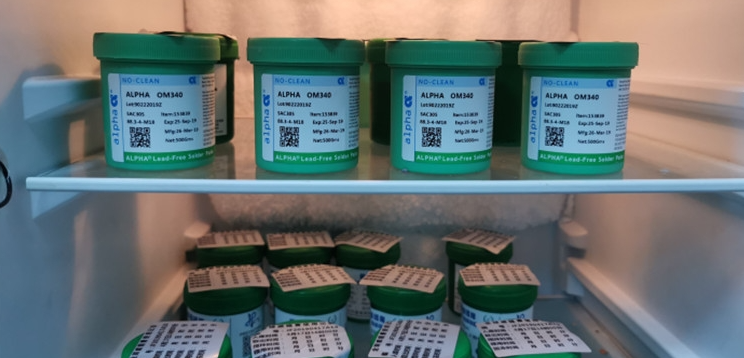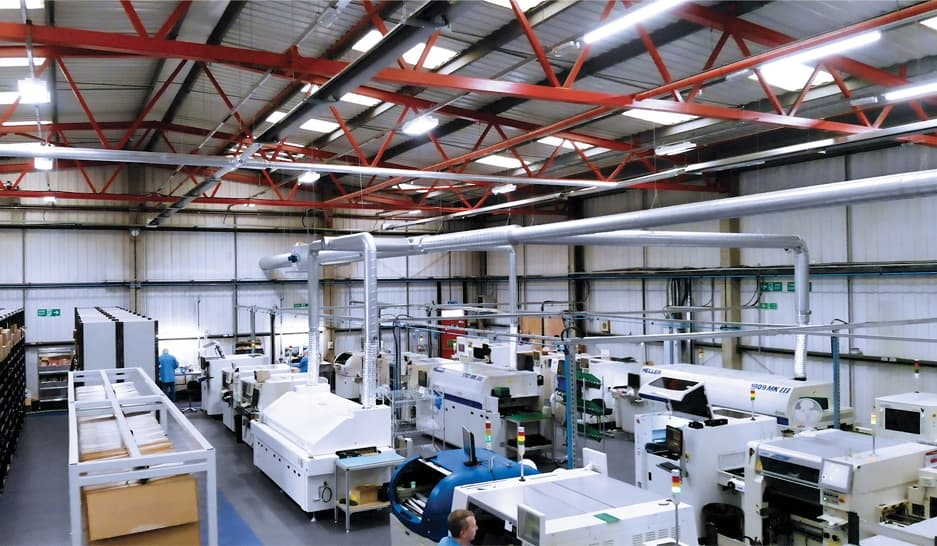In the world of PCB design and manufacturing, mixed assembly—combining Surface Mount Technology (SMT) and Through-Hole Technology (THT)—is a common approach for creating versatile and reliable electronic products. But how do you choose the right components for such a setup? This component selection guide for mixed assembly will walk you through the essentials of selecting parts, balancing SMT vs THT component selection, ensuring mixed assembly component compatibility, and even choosing connectors for mixed assembly. Whether you're an engineer or a hobbyist, this guide offers practical tips to help you make informed decisions for your next project.
In this detailed blog, we'll dive deep into the nuances of mixed assembly, explore the strengths and weaknesses of SMT and THT components, and provide actionable advice to optimize your design for performance, cost, and manufacturability. Let’s get started on mastering the art of component selection.
What is Mixed Assembly and Why Does It Matter?
Mixed assembly refers to the process of using both SMT and THT components on the same printed circuit board (PCB). SMT components are mounted directly onto the surface of the board, while THT components are inserted through holes and soldered on the opposite side. This hybrid approach allows designers to leverage the benefits of both technologies, creating boards that are compact, durable, and tailored to specific needs.
The importance of mixed assembly lies in its flexibility. For instance, SMT components are ideal for high-density designs and automated manufacturing, often reducing costs and board size. On the other hand, THT components offer superior mechanical strength and are better suited for high-power or high-stress applications. By combining both, you can design a PCB that meets diverse requirements, from consumer electronics to industrial equipment.
However, the challenge comes in selecting the right components to ensure compatibility and reliability. Let’s explore how to approach this process effectively.
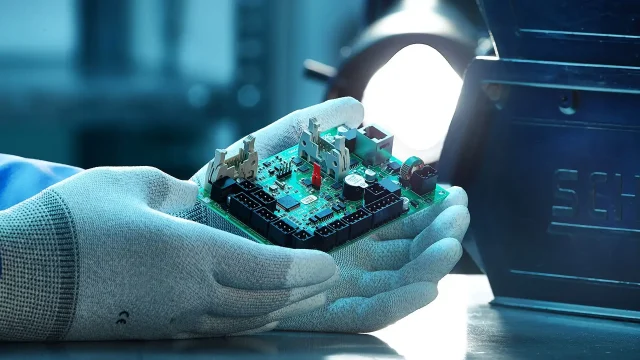
Key Factors in Component Selection for Mixed Assembly
Choosing components for a mixed assembly setup isn’t just about picking parts that fit your schematic. It requires careful consideration of several factors to ensure functionality, manufacturability, and longevity. Here’s a breakdown of the critical aspects to keep in mind as part of your component selection guide for mixed assembly.
1. Functionality and Design Requirements
Start by defining the purpose of your PCB. What are the electrical and mechanical requirements? For example, if your design needs to handle high current, THT components like large capacitors or power resistors might be necessary due to their ability to withstand thermal and mechanical stress. Conversely, for high-speed digital circuits, SMT components are often preferred because they minimize parasitic inductance and capacitance, supporting signal integrity at speeds above 100 MHz.
Consider the operating environment as well. If the PCB will be exposed to vibration or extreme temperatures, THT components can provide better durability due to their stronger mechanical bond to the board. SMT parts, while smaller and lighter, may require additional securing methods like adhesives in such conditions.
2. Board Space and Layout Constraints
Space is often a limiting factor in PCB design. SMT components are much smaller, allowing for denser layouts. For instance, an SMT resistor might take up just 1.6 mm x 0.8 mm of space (0603 package), while a comparable THT resistor could require a footprint several times larger, plus additional clearance for leads. If your design prioritizes compactness, lean toward SMT wherever possible.
However, don’t overlook THT for critical components like connectors or heat sinks, where physical robustness is essential. Balancing space constraints with component needs is key in mixed assembly.
3. Manufacturing and Assembly Considerations
Mixed assembly introduces complexity to the manufacturing process since SMT and THT components often require different assembly techniques. SMT parts are typically placed and soldered using automated reflow processes, while THT parts may need manual insertion or wave soldering. This dual process can increase production time and cost, so aim to minimize the number of THT components unless they’re necessary for performance.
Check with your assembly partner to understand their capabilities. Some manufacturers optimize for mixed assembly by using selective soldering for THT parts after SMT reflow, reducing errors and costs. Ensuring your design aligns with their process can save headaches down the line.

SMT vs THT Component Selection: Weighing the Pros and Cons
Understanding the differences between SMT and THT is crucial for effective SMT vs THT component selection. Let’s compare these technologies across several dimensions to help you decide which to use for specific parts of your design.
Size and Density
SMT wins hands-down for size efficiency. Components like chip resistors, capacitors, and ICs in packages such as 0402 or QFN take up minimal space and support high-density designs. THT components, with their larger footprints and through-hole requirements, are less ideal for compact layouts. If your project involves a small form factor, prioritize SMT unless other factors dictate otherwise.
Mechanical Strength
THT components offer superior mechanical strength due to their leads passing through the board and being soldered on both sides. This makes them ideal for components subject to physical stress, such as connectors or large inductors. SMT components, while reliable for most applications, can be more prone to detachment under heavy vibration or mechanical shock unless reinforced.
Thermal and Power Handling
For high-power applications, THT components often have an edge. Their larger size allows for better heat dissipation, and their leads provide a robust path for high currents. For example, a THT power diode might handle currents up to 10A with ease, while an equivalent SMT part could struggle without additional thermal management. If your design involves power electronics, consider THT for critical high-power components.
Cost and Availability
SMT components are generally cheaper and more widely available for modern designs, especially for small passive components and standard ICs. However, some specialized components, like certain high-voltage capacitors or legacy parts, may only be available in THT packages. Balancing cost with availability is an important part of component selection.
Mixed Assembly Component Compatibility: Ensuring Harmony
One of the biggest challenges in mixed assembly is ensuring mixed assembly component compatibility. When SMT and THT components share the same board, issues like thermal mismatch, soldering conflicts, and layout constraints can arise. Here’s how to address these challenges.
Thermal Profiles Compatibility
SMT components are typically soldered using a reflow oven with a specific temperature profile, often peaking around 260°C for lead-free solder. THT components, if soldered via wave soldering, might be exposed to different thermal conditions. Some SMT parts, especially those with low thermal tolerance, could be damaged during wave soldering if not protected. To mitigate this, consider using heat shields or opting for selective soldering for THT parts after SMT assembly.
Layout and Clearance Issues
Mixing SMT and THT requires careful PCB layout planning. THT components need drilled holes, which can interfere with SMT placement on double-sided boards. Ensure adequate spacing between components to avoid shadowing during soldering. For instance, keep SMT parts at least 2 mm away from THT holes to prevent solder flow issues during manufacturing.
Component Height and Placement
THT components often stand taller than SMT parts, which can cause issues in compact designs or when using enclosures. Plan your layout to place taller THT components away from areas where height is a constraint. Additionally, during assembly, ensure that SMT components aren’t placed in areas that will be obstructed by THT insertion tools.

Choosing Connectors for Mixed Assembly: Best Practices
Connectors are often a critical part of any PCB design, and choosing connectors for mixed assembly requires special attention. Connectors are frequently THT due to their need for mechanical stability, but SMT connectors are also common in space-constrained designs. Here’s how to select the right connectors for your mixed assembly project.
Determine Mechanical Requirements
If your connector will experience frequent plugging and unplugging or needs to withstand significant force, a THT connector is usually the better choice. For example, a power connector rated for 5A or more benefits from the robust mounting of THT. SMT connectors, while space-saving, are better for low-stress applications like internal board-to-board connections.
Consider Current and Voltage Ratings
Ensure the connector matches the electrical demands of your circuit. A THT connector might support higher current ratings due to larger contact areas and better heat dissipation. For instance, a THT terminal block can handle 15A at 300V, while an SMT equivalent might be limited to 3A at 50V. Always check datasheets to confirm ratings before selection.
Evaluate Assembly Impact
SMT connectors can often be placed and soldered alongside other SMT components, streamlining the assembly process. THT connectors, however, may require a separate soldering step, adding time and cost. If your design allows, opt for SMT connectors to simplify manufacturing, provided they meet your performance needs.
Tips for Optimizing Component Selection in Mixed Assembly
To wrap up this component selection guide for mixed assembly, here are some additional tips to ensure your design is both effective and manufacturable:
- Standardize Where Possible: Use standard component packages and values to reduce procurement issues and simplify assembly. For example, stick to common resistor values like 1kΩ or 10kΩ unless a specific value is required.
- Simulate and Test: Use simulation tools to verify that your component choices meet electrical requirements, especially for high-speed or high-power designs. Tools can help predict issues like signal reflection or thermal overload before manufacturing.
- Collaborate with Manufacturers: Early communication with your assembly partner can help identify potential issues in mixed assembly, such as soldering compatibility or component availability.
- Prioritize Future-Proofing: Choose components that are likely to remain available in the long term, especially for SMT parts where obsolescence is more common.
Conclusion: Mastering the Art of Component Selection
Selecting the right components for mixed assembly is both a science and an art. By carefully considering factors like functionality, space constraints, and manufacturing processes, you can create a PCB that balances the strengths of SMT and THT technologies. Whether you’re navigating SMT vs THT component selection, ensuring mixed assembly component compatibility, or choosing connectors for mixed assembly, a thoughtful approach will lead to better designs and smoother production.
With this guide, you now have the tools to make informed decisions for your next project. Take the time to evaluate each component’s role in your design, and don’t hesitate to leverage the expertise of your manufacturing partners. By mastering component selection, you’ll ensure your mixed assembly PCBs are reliable, efficient, and ready to meet the demands of any application.
 ALLPCB
ALLPCB



